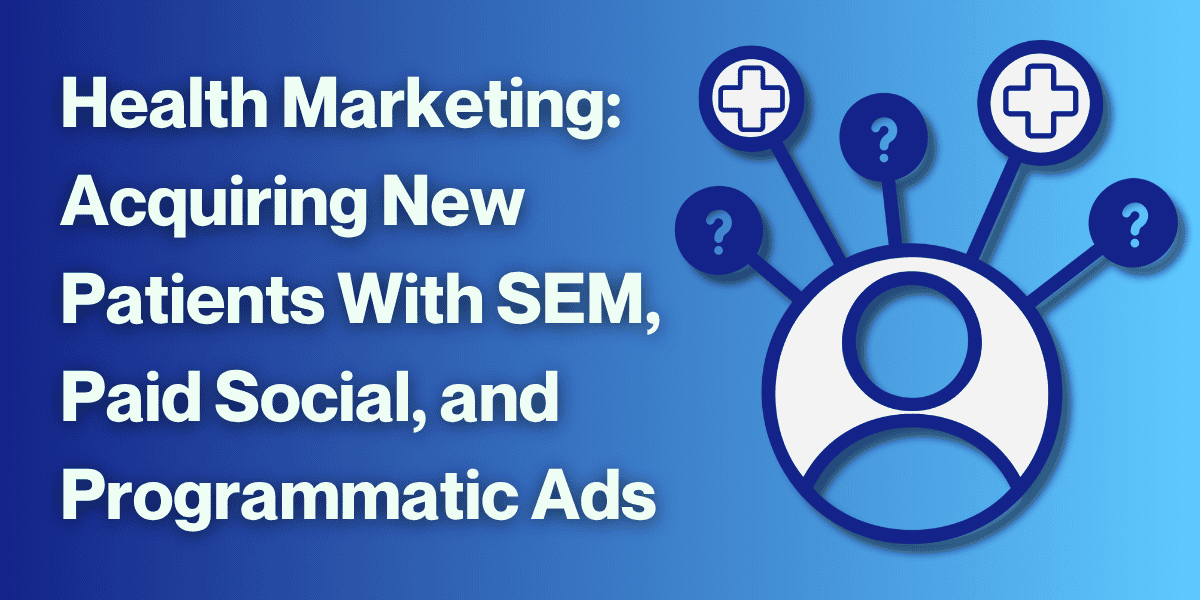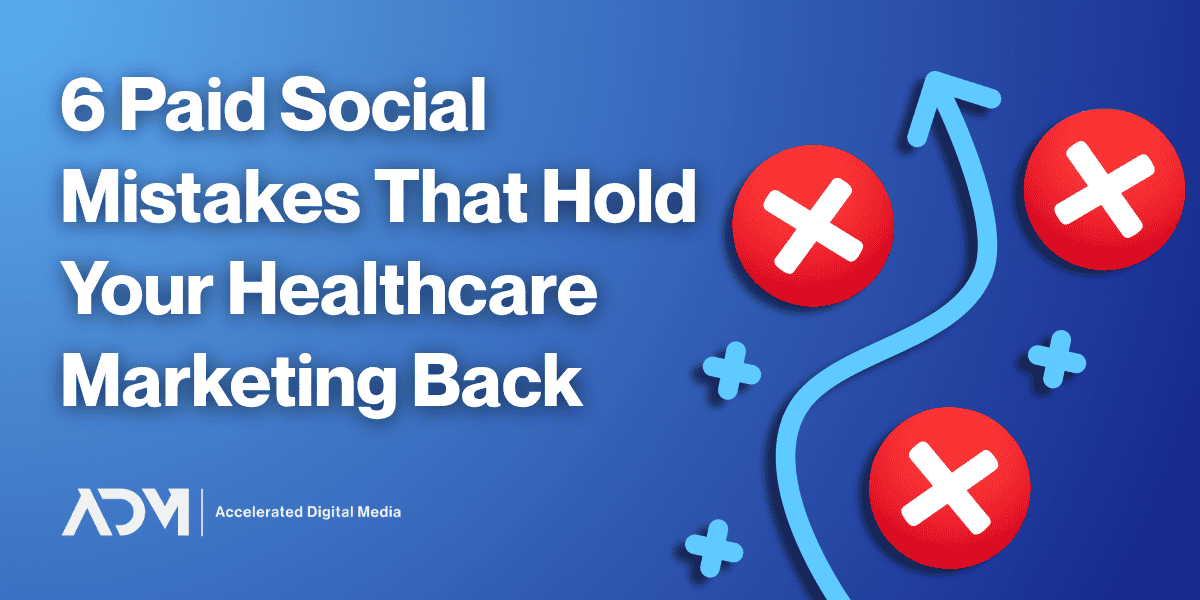When Google Chrome finally disables cookies in 2024, it will signify the de-facto start of the cookieless era in digital marketing. Chrome is the only major browser that still uses them, but it currently accounts for about 65% of browser market share. That means that most brands who deploy digital marketing campaigns still rely on cookies to some extent when targeting their customers.
Google’s plan is to start slow, rolling out the change to 1% of users in Q1 2024 and ramping up to complete the process before the end of the year. While there’s some uncertainty about how this will impact advertisers across the board, this shift does not spell doom for the health marketing industry. Health advertising has always been bound by platform policies and federal regulations like HIPAA. Because of that, the cookieless future ironically may pose less of a threat to the digital health marketing industry than to others that are even more reliant on tracking technology.
The industry has already developed nascent technologies and practices that cater to the new landscape. In this blog, we will explore why programmatic advertising will continue to be a valuable tool for health brands even once cookies are gone.
Contextual Targeting: Pre-existing and Proven
For health marketing, it’s already known that contextual targeting is effective. That’s because the patient journey differs so greatly from a typical buyer’s journey: Most people aren’t going to read articles about pants before buying them online. But on their way to care, patients research their symptoms, diagnoses, and treatments extensively. Placing ads alongside content relevant to your prospective patients is a way to capture high-intent audiences, completely free of cookies and any manner of user data collection.
Programmatic ads can be tailored to specific conditions or symptoms, allowing advertisers to filter websites and set rules for optimum exposure. And contextual marketing isn’t limited to display ads on web pages: Ads can be placed during podcasts and Connected TV programs, though (for now) those placements are less granular than targeting by keywords found within a page—though as natural language processing and AI chatbots improve, perhaps they will be able to scan audio or video for keywords that make such targeting possible.
Anonymized Audiences Built With Real World Data
The programmatic advertising industry isn’t consolidated quite like paid search or paid social media. Instead, programmatic ads can be deployed across millions of sites, connected TV, and audio programs—basically, the content users enjoy online when they aren’t on social media or using a search engine. That’s done through an array of demand side platforms (DSPs, which can be industry-focused and innovative. DSPs have built solutions specific to the compliance challenges that healthcare advertising presents.
Health-specific DSPs like Adtheorent Health, PulsePoint, and Swoop are now modeling compliant lookalike audiences based on demographic trends found in anonymized claims data. These predictive audiences are based on demographics, without relying on cookies or invasive data collection practices. They are tailored to specific health conditions—such as likely migraine sufferers or caretakers—and can be custom-built upon request, provided the potential audience is large enough to ensure good data modeling.
These audiences are a relatively new offering in the space, but early returns have been promising compared to older alternatives. Our initial results have shown click-through rates three times higher than similar prospecting audiences in the space.
Use Programmatic to Complement Other Channels
As cookies become a thing of the past, it’s smart for healthcare brands to take a longer look at evolving options that programmatic offers. But that doesn’t mean that, on zero-day, it’s wise to shift most or all of your budget into programmatic mediums.
Instead, it’s important to keep a multi-channel approach that maximizes touchpoints for your prospective patients. Facebook and Google will still remain lower-funnel than podcast ads, but users are more likely to convert on those platforms if they have already seen or heard about your brand beforehand. Programmatic offers a halo effect for these lower funnel channels.
In place of cookies, Google is also working to develop its “Privacy Sandbox”, which will give users more control of the interest targeting they do and don’t fall into. With plenty of change still to come, the best way to set your brand up for success is to have an omnipresent, complementary approach.
By embracing the cookieless future and employing programmatic advertising strategically, health brands can continue to connect with prospective patients in a relevant, ethical, and impactful manner. To discuss how ADM is approaching the ever-changing health marketing landscape, don’t hesitate to reach out to us today.




